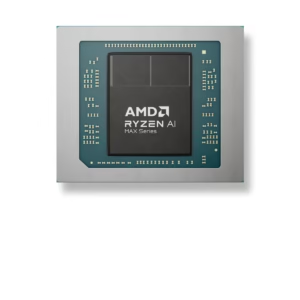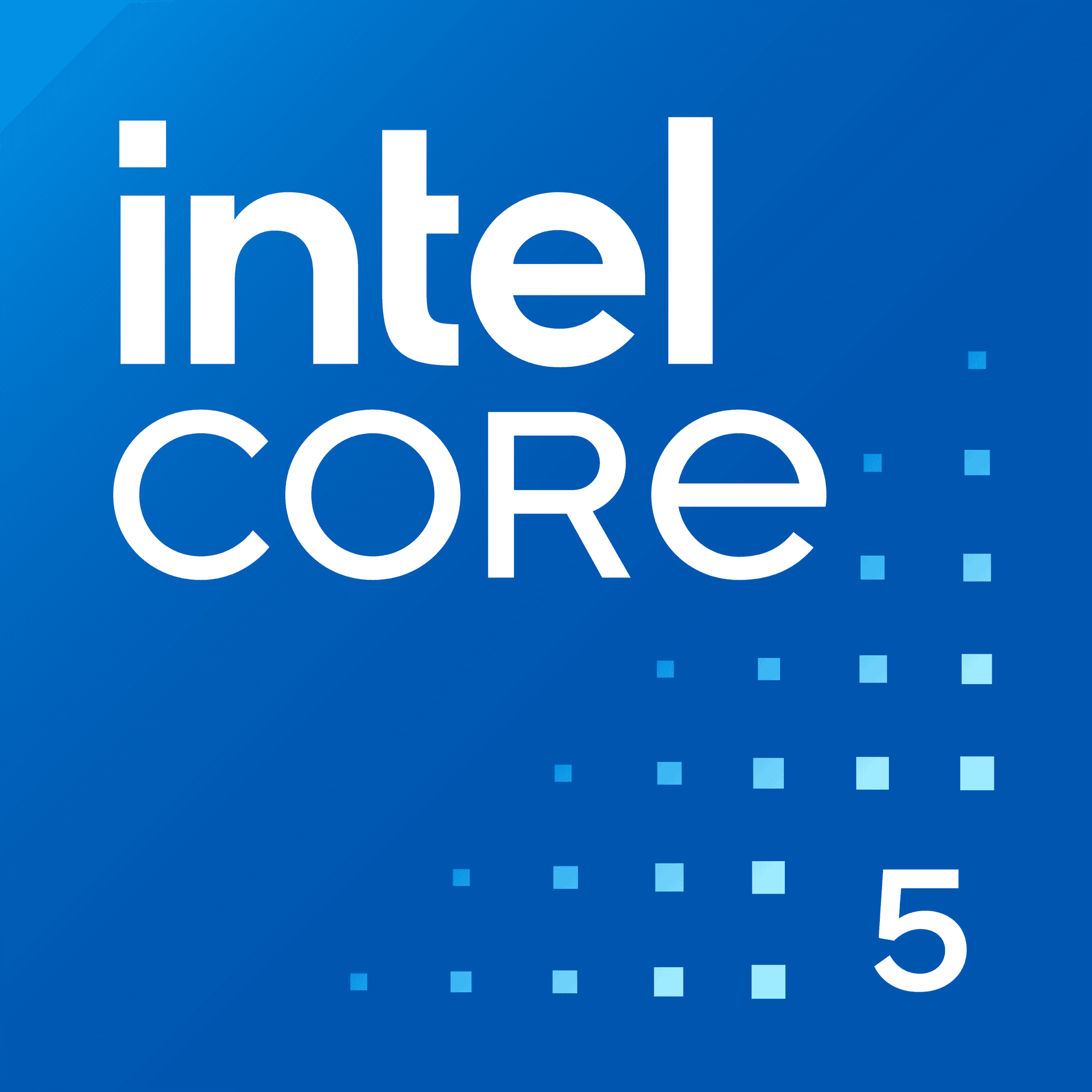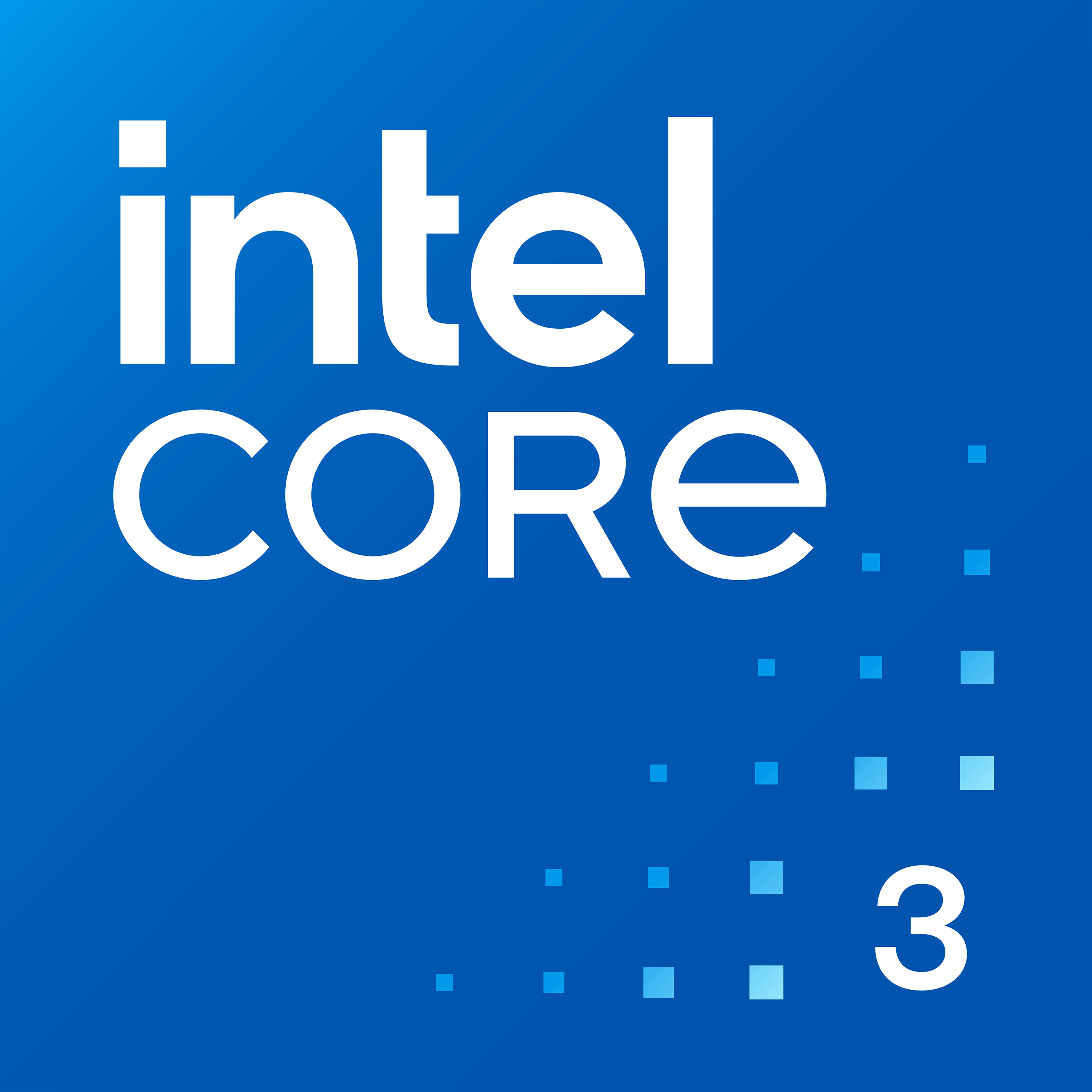Gadgetviza » Processors » AMD Ryzen Al Max PRO 385
AMD Ryzen Al Max PRO 385

Key Details for AMD Ryzen Al Max PRO 385
- memory
Total Core No.
8 - screenshot_monitor
Max. Frequency
5 Ghz - width_normal
Technology
TSMC 4nm FinFET - storage
No of Threads
16 - developer_board
iGPU
Radeon 8050S Graphics - hub
NPU
AMD Ryzen AI
Related Processor













Compare Related Processor
Detail Specification of AMD Ryzen Al Max PRO 385
General | |
|---|---|
Brand?The manufacturer or company that produces the processor, such as Intel or AMD. The brand often signifies the processor's architecture and overall quality. | AMD |
Code Name?An internal name used by the manufacturer during the development of a processor architecture. It often indicates the generation or specific design of the processor. | Zen 5 (Strix Halo) |
Series Name?The marketing name given to a specific family of processors within a brand's lineup, such as Intel Core i7 or AMD Ryzen 5. Series names help categorize processors based on performance and target market. | AMD Ryzen AI Max PRO 300 |
Model Name?The marketing name given to a specific family of CPUs within a brand's lineup, such as 'Intel Ultra 5' or 'Intel Ultra 7'. Model names help categorize CPUs based on performance and target market. | AI Max 385 |
Instruction Set?The set of commands that a processor understands and can execute. Different instruction sets support varying levels of performance and compatibility with software. | x86-64 |
Launch Date | 01/2025 |
Vertical?The intended market segment or use case for the processor, such as desktop, laptop, server, or embedded systems. It indicates the processor's design and features tailored for specific applications. | Laptop |
CPU | |
|---|---|
Total No. of Cores?The total number of physical processing units within the processor. More cores allow the processor to handle multiple tasks simultaneously, enhancing multitasking performance. | 8 |
No. of P-Cores?The number of Performance cores (P-cores) within the processor. P-cores are designed for high-performance tasks and demanding applications. | 8 |
P-Cores Base Frequency?The standard operating speed of the Performance cores (P-cores), measured in gigahertz (GHz). It indicates the P-cores' baseline performance level. | 3.6 Ghz |
P-Cores Boost Frequency?The maximum speed a P-core can reach under heavy load, measured in gigahertz (GHz). It represents the P-cores' peak performance capability. | 5 Ghz |
No. of Threads?The number of virtual processing units a core can handle simultaneously. Threads enable a single core to process multiple instruction streams, enhancing efficiency. | 16 |
L1 Cache?The smallest and fastest cache memory level, located closest to the processor cores. It stores frequently accessed data for rapid retrieval. | 80KB (per core) |
L2 Cache?A mid-level cache memory that provides a larger storage capacity than L1 cache. It stores data that is less frequently accessed than L1 but more frequently than L3. | 8 MB |
L3 Cache?The largest and slowest cache memory level shared by all processor cores. It stores data that is less frequently accessed than L2 but still needed for efficient operation. | 32 MB |
Multiplier?A factor that determines the processor's clock speed by multiplying the base clock frequency. It influences the overall operating speed of the processor. | 36x |
Unlocked Multiplier?Indicates that the processor's multiplier can be adjusted, allowing for overclocking to increase performance beyond the default specifications. | No |
Perfomance Score | |
|---|---|
Cinebench R23 (Single core)?Measures a CPU's single-core performance using Cinema 4D's rendering engine | 2017 |
Cinebench R23 (Multi core)?Multi-Core: Evaluates a CPU's multi-core performance, utilizing all cores for rendering | 19024 |
Cinebench 2024 (Single Core)?Tests single-core efficiency using Redshift rendering engine | 116 |
Cinebench 2024 (Multi Core)?Assesses multi-core performance with Redshift rendering over a 10-minute test | 1202 |
Geekbench 6 (Single Core)?Benchmarks a CPU's single-threaded performance in real-world tasks | 2723 |
Geekbench 6 (Multi Core)?Measures multi-core processing power across various workloads | 16024 |
Package | |
|---|---|
Technology?The process used to create the processor, measured in nanometers (nm). Smaller manufacturing processes typically result in more efficient and powerful processors. | TSMC 4nm FinFET |
Base Power Consumption?The typical power consumption of the processor under normal operating conditions, measured in Watts (W). It indicates the processor's energy efficiency. | 45 watt |
Max. Power Consumption?The maximum amount of power the processor can consume under heavy load, measured in Watts (W). It represents the processor's peak power usage. | 120 watt |
Socket?The physical interface on the motherboard where the processor is installed. The socket type determines compatibility between the processor and motherboard. | FP11 |
Max. Temperature?The maximum safe operating temperature for the processor, measured in degrees Celsius (°C). Exceeding this temperature can lead to performance degradation or damage. | 100°C |
IGPU | |
|---|---|
IGPU Name?The specific name given to the integrated Graphics Processing Unit (IGPU) by the processor manufacturer. It identifies the IGPU's architecture and capabilities. | Radeon 8050S Graphics |
Boost Frequency?The maximum speed the IGPU can reach under heavy graphics load, measured in megahertz (MHz). It represents the IGPU's peak graphics performance. | 2800 MHz |
Shading Units?The number of processing units within the IGPU responsible for rendering graphics. More shading units generally result in better graphics performance. | 2048 |
TMUs?Texture Mapping Units (TMUs) are processing units within the IGPU that apply textures to 3D surfaces. More TMUs improve the realism and detail of rendered graphics. | 128 |
ROPs?Render Output Units (ROPs) are processing units within the IGPU that handle the final stage of rendering, converting pixel data into an image. More ROPs improve the frame rate and image quality. | 64 |
Execution Units?The number of parallel processing cores within the IGPU. These units execute graphics instructions, and a higher number typically indicates better graphics performance. | 32 |
IGPU Power?The overall graphics processing capability of the integrated GPU. This is measured by how well it can handle graphical tasks, such as video playback and light gaming. | |
NPU | |
|---|---|
NPU Name?The specific name given to the Neural Processing Unit (NPU) by the processor manufacturer. It identifies the NPU's architecture and AI processing capabilities. | AMD Ryzen AI |
NPU TOPS?The processing power of the NPU, measured by how fast it can perform AI and machine learning operations. Higher NPU performance leads to faster AI-powered features. | 50 TOPS |
Display & Memory Support | |
|---|---|
Memory Support?The types and speeds of RAM that the processor is compatible with. It specifies the maximum amount and speed of RAM that can be used with the processor. | LPDDR5x-8000 |
Max. Display Resolution Support?The highest resolution that the processor's integrated graphics or the processor in conjunction with a dedicated GPU can output to a display. It indicates the maximum visual fidelity the processor can support. | 7680x4320 @ 60Hz |
Features | PCIe 4, USB 4, XDNA 2 NPU (50 TOPS), SMT, AES, AVX, AVX2, AVX512, FMA3, MMX (+), SHA, SSE, SSE2, SSE3, SSSE3, SSE4.1, SSE4.2, SSE4A |
Product Link | AMD |
Overview: AMD Ryzen AI Max PRO 385 Processor
The AMD Ryzen AI Max PRO 385, based on the Zen 5 (Strix Halo) architecture, is engineered for high-performance laptops. With its 8 Performance Cores (P-Cores), powerful integrated Radeon 8050S Graphics, and AI capabilities, this processor is a versatile solution for creators, gamers, and professionals who need reliable and efficient performance.
Processor Features and Specifications
Core Configuration
- Total Cores: 8 Performance Cores (P-Cores)
- Base Frequency: 3.6 GHz
- Boost Frequency: 5 GHz
These cores are optimized to deliver excellent single-threaded performance for demanding tasks such as gaming and creative workflows while maintaining efficiency.
Radeon 8050S Integrated Graphics
- Boost Frequency: 2800 MHz
- Shading Units: 2048
- Texture Mapping Units (TMUs): 128
- Raster Operations Pipelines (ROPs): 64
The Radeon 8050S Graphics ensures detailed visuals and fluid performance, making it an ideal choice for gamers and professionals working on 3D designs, animation, or video editing.
Memory and Display Support
- Memory Compatibility: LPDDR5x-8000
- Maximum Display Resolution: 7680×4320 @ 60Hz
Support for high-speed memory and 8K resolution means you get faster load times and immersive visual experiences for multitasking or entertainment.
Power Efficiency
- Base Power Consumption: 45 watts
- Maximum Power Consumption: 120 watts
The advanced 4nm FinFET manufacturing technology ensures a balance of performance and efficiency, making it suitable for laptops that handle intensive tasks without compromising battery life.
AI Capabilities
- Neural Processing Unit (NPU): AMD Ryzen AI
- Performance: 50 TOPS
The AMD Ryzen AI engine enhances intelligent functionalities, such as real-time optimization for applications, voice recognition, and smarter system features.
Use Cases for AMD Ryzen AI Max PRO 385
1. Gaming Laptops
The processor’s 5 GHz boost frequency and Radeon 8050S integrated graphics ensure a smooth gaming experience with stunning visuals and responsive gameplay.
2. Creative Workflows
From photo editing to 3D rendering, the Ryzen AI Max PRO 385 excels in handling creative applications, making it an excellent choice for content creators and designers.
3. Multitasking Machines
With fast LPDDR5x memory support and robust core performance, this processor powers laptops that can handle multiple productivity tasks simultaneously.
4. Smart AI Applications
The AMD Ryzen AI engine boosts intelligent software features, enhancing productivity tools and delivering real-time adaptive performance for modern users.
Updated:







